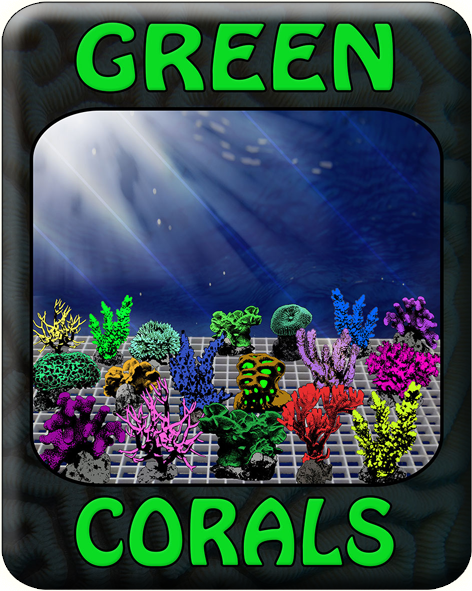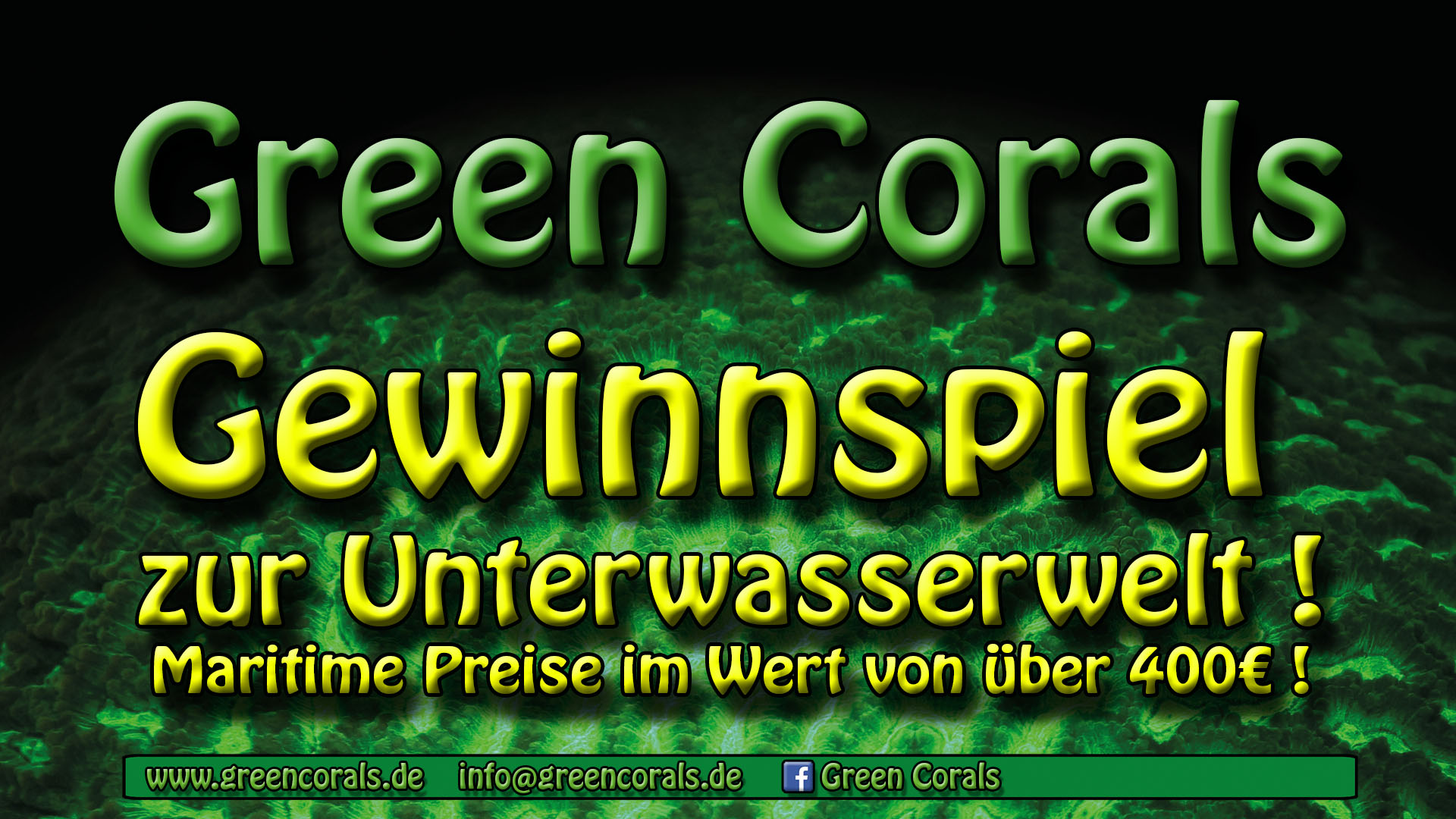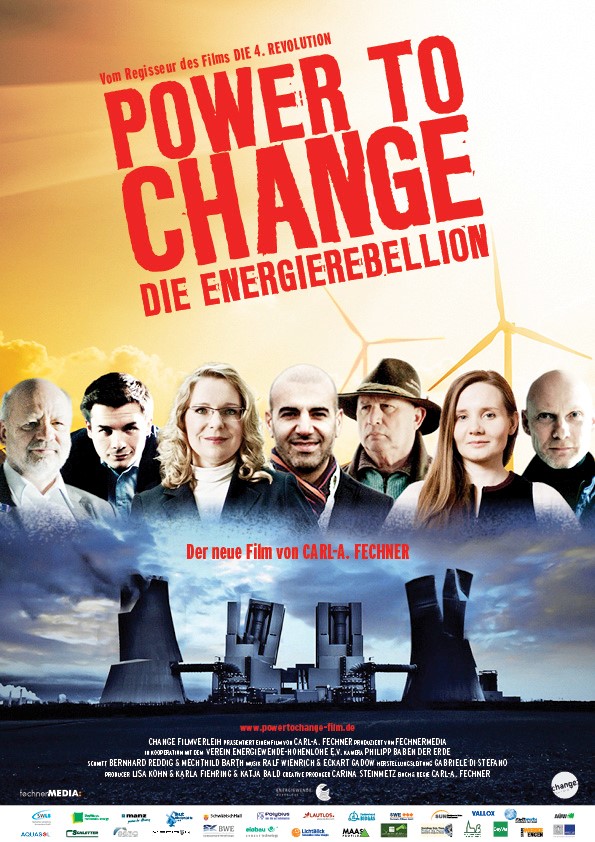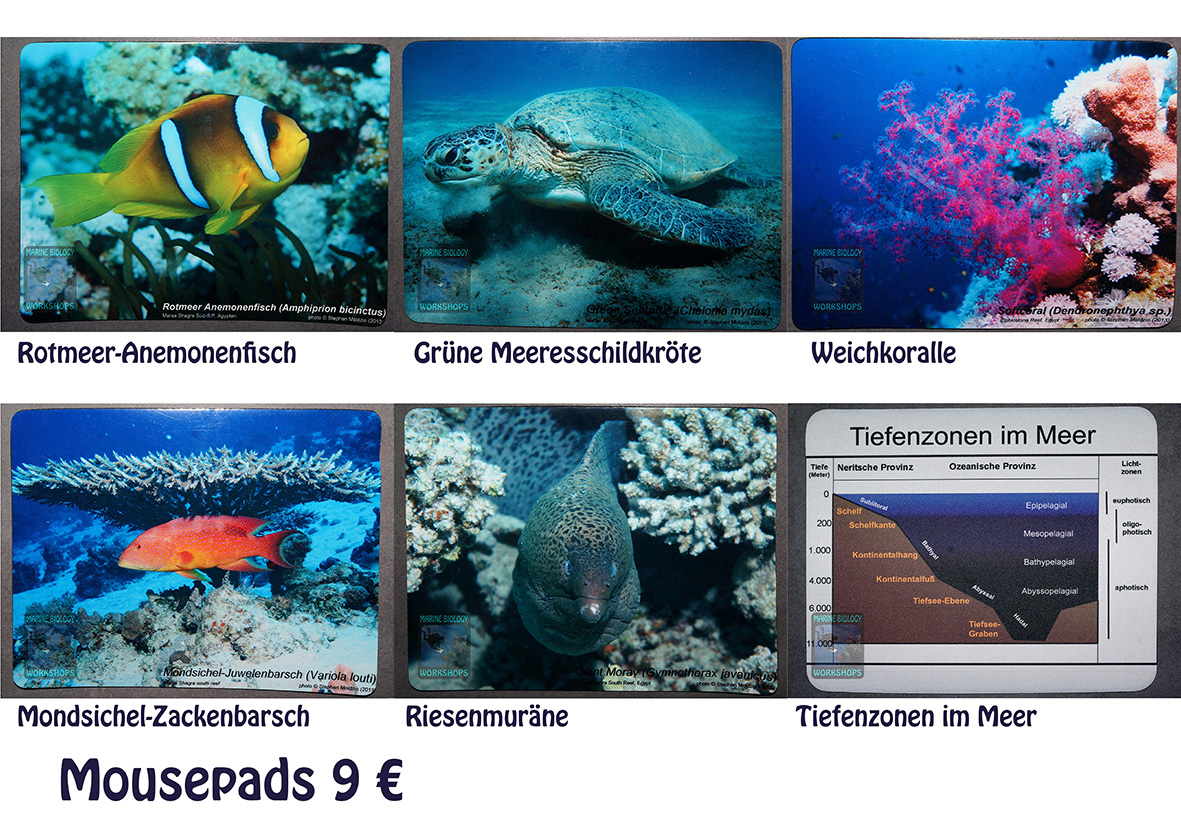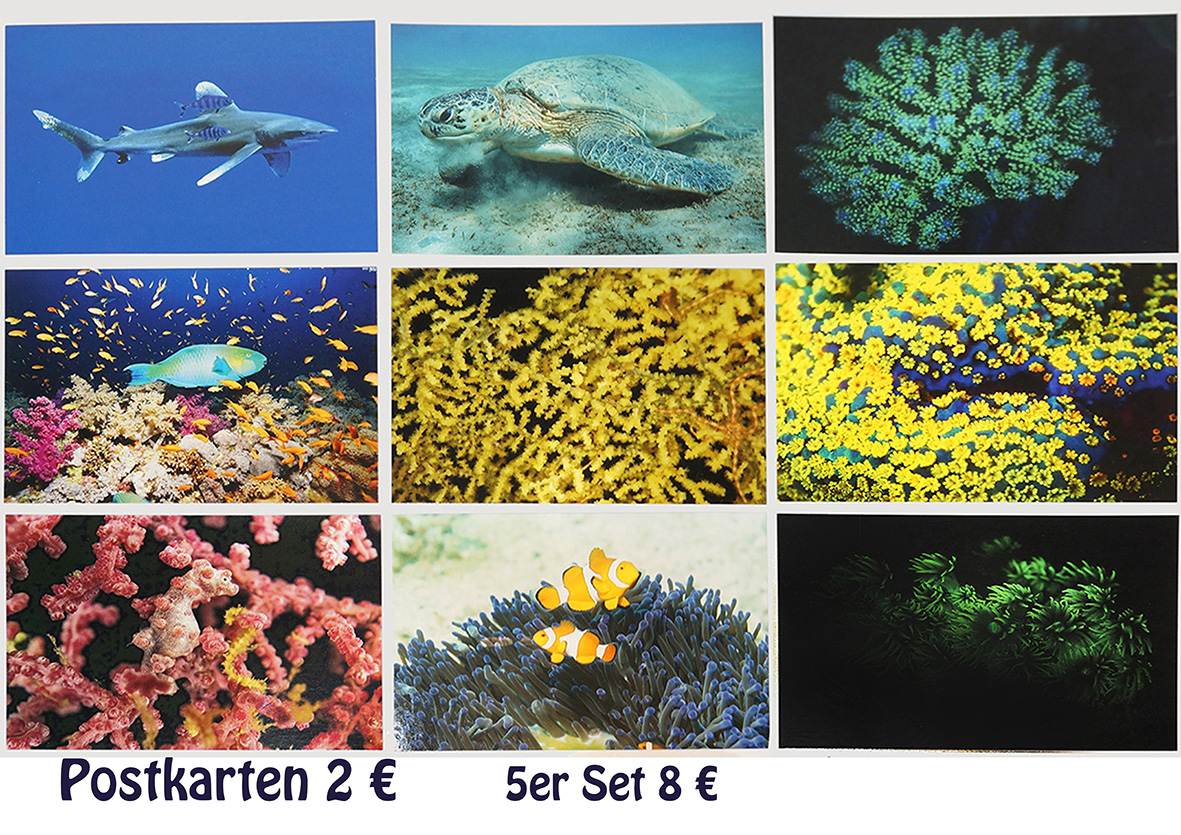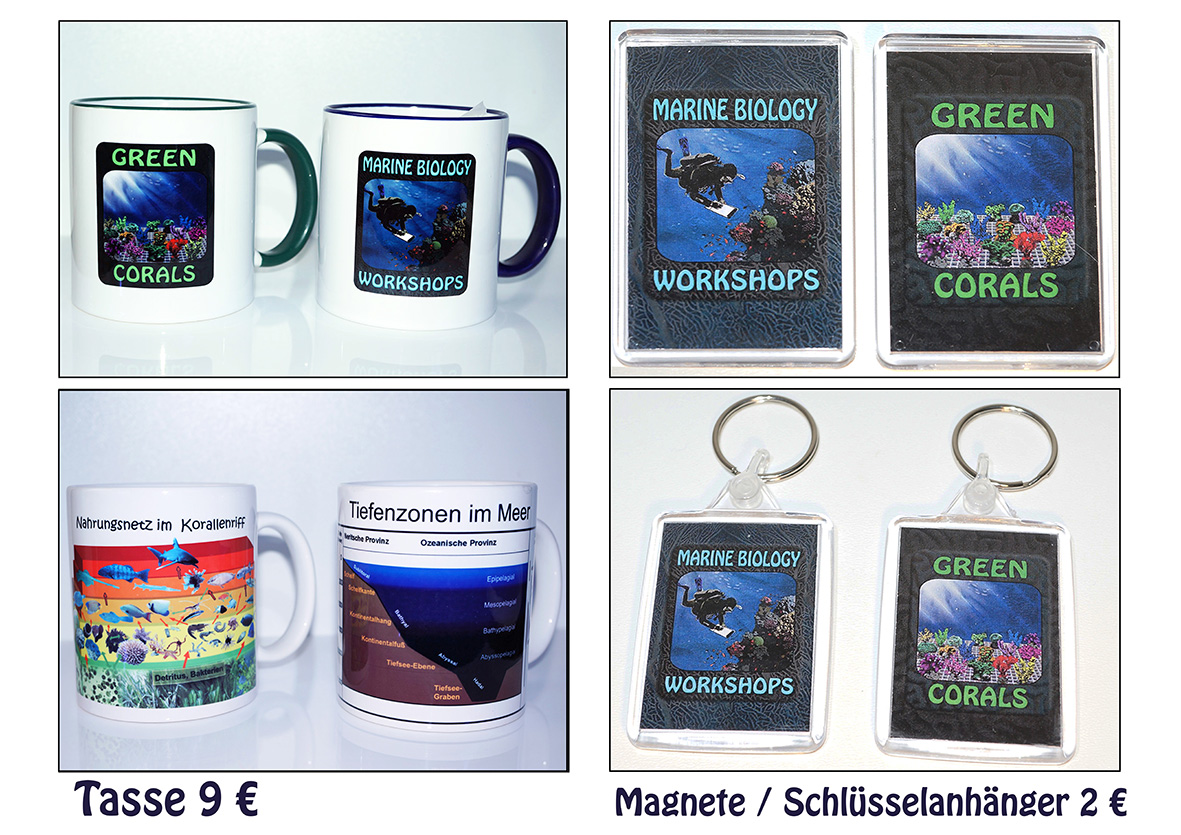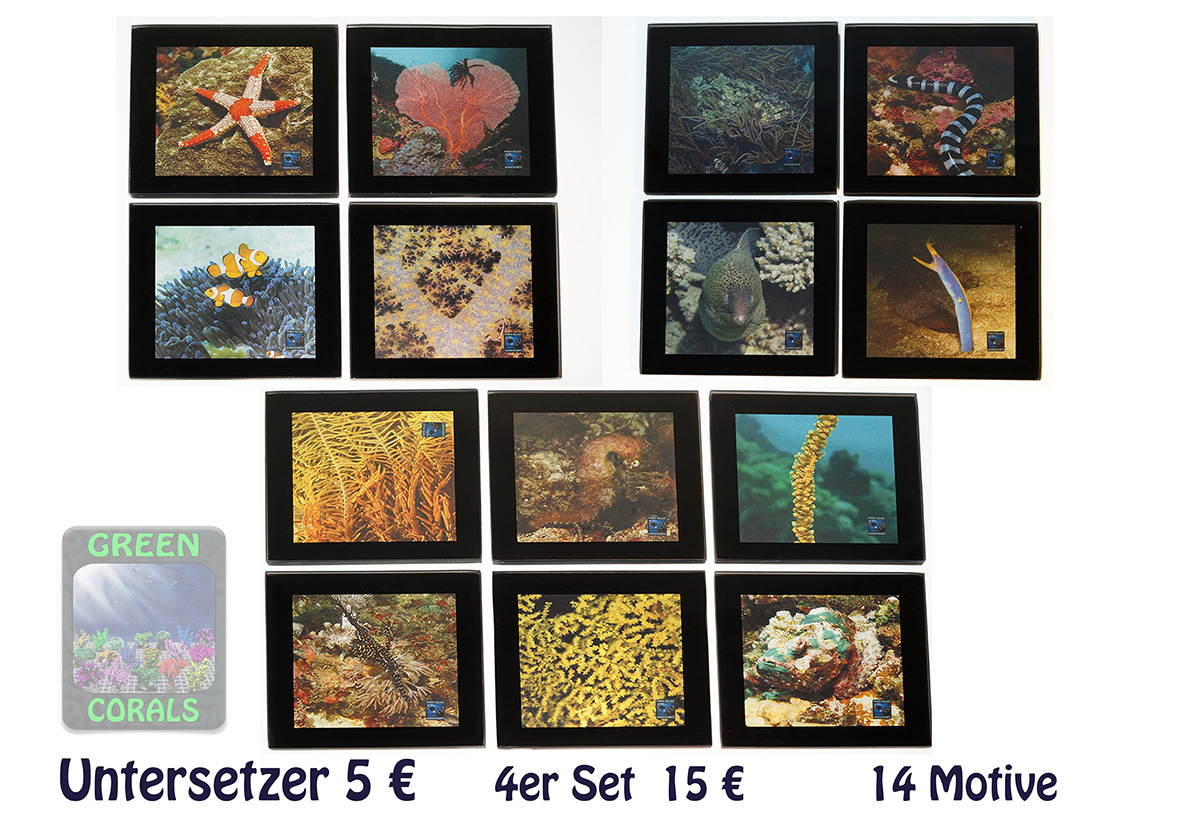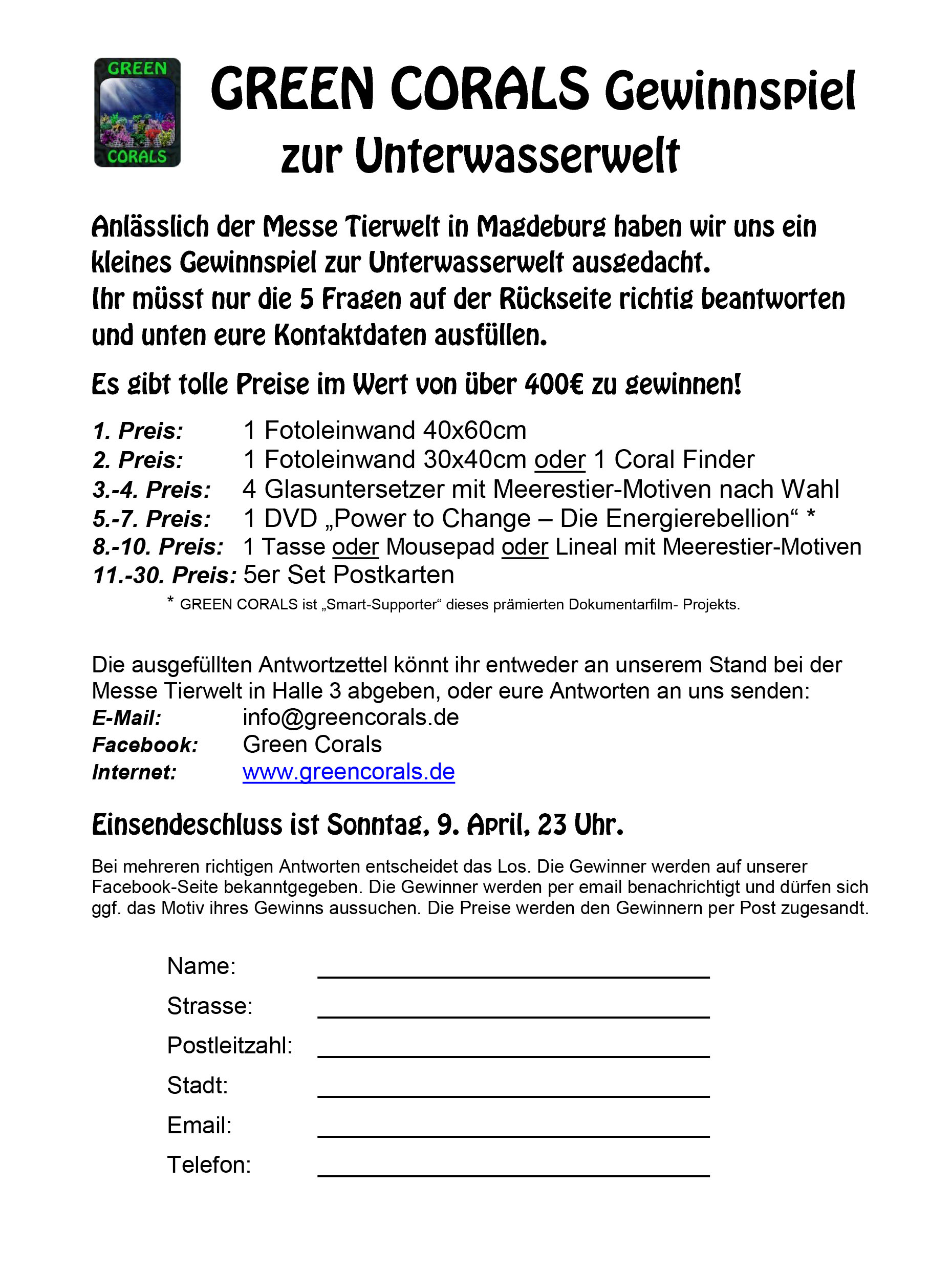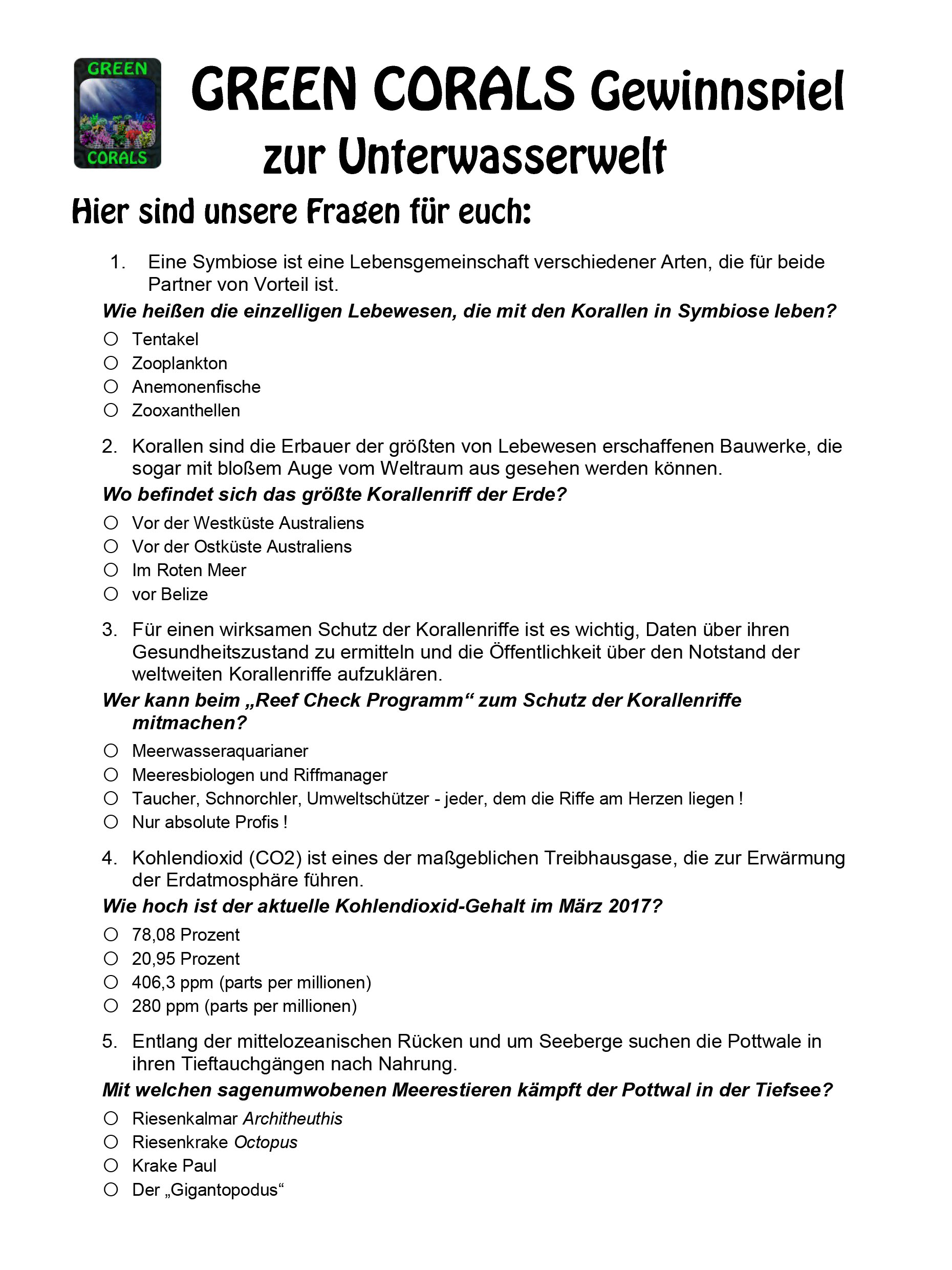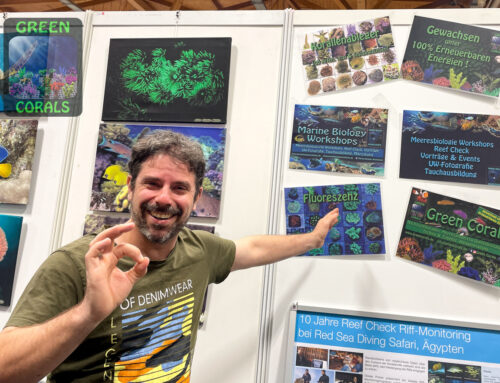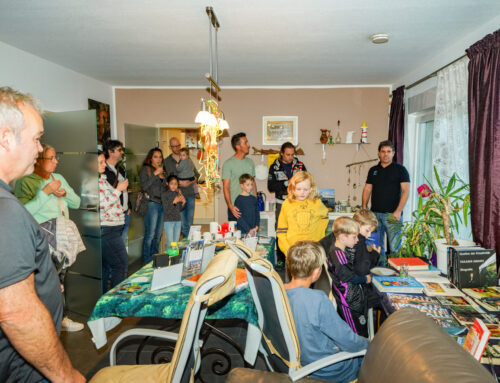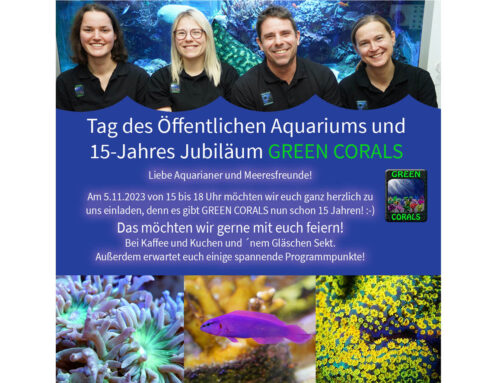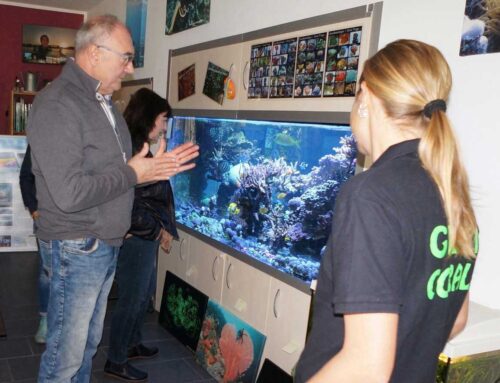We are pleased to announce the final results of our GREEN CORALS competition!
+ 32 competition entries including contact details were received by 23:00 on 9 April 2017.
+ We are increasing the number of prizes from 30 to 32 – so no one will go away empty-handed!
+ Four people answered all the questions correctly, 7 people answered 4 out of 5 questions correctly, 8 people answered 3 questions correctly, 6 people answered 2 questions correctly and 7 people answered 1 question correctly.
+ The first 4 main prizes will go to those with 5 correct answers and prizes 4-10 will go to those with 4 correct answers.
+ The draw took place on 11 April: the competition slips with 5 or 4 correct answers were folded twice and drawn into an “urn”.
+ Here is the official announcement of the winners:
The 1st prize, a 60x40cm photo canvas, goes to Benett Hufschlaeger
The 2nd prize goes to Yvonne Pinkau
The 3rd and 4th prizes, 4 glass coasters each, go to: Helen Fuhrmann and Selma Heine
The 5th to 7th prizes, a DVD “Power to Change – The Energy Rebellion”*, go to Tobias Veste, Selma Rauch and Julia Veste.
Prizes 8 to 10, either a mouse pad, a mug or a ruler with an ocean theme, go to Jennie Bolm, the Stappenbeck family and Karin Kunick.
Finally, prizes 11 to 32, a set of 5 underwater postcards, go to
Louis Wehler, Lisanne Brugger, Fam. Hanke, Fam. Meinicke, Fam. Hanke, Ben Lois Feller, Patrick Meier, Fam. Mörke, Dustin Suchanek, Fam. Kohnert, Julia Bildt, Jack Bildt, Pia Hennig, Timon Ellwardt, Aylin Schiebel, Mia Filip, Lina Filip, Lene Borkhardt, Tobias Neumann, Celina Senger, Dean-Lucas Maxard und Virginia Stanislawski.
+ Sincere congratulations and thank you all for participating!!!
+ We will contact the winners to agree the designs for the prizes and send them to you by post the week after Easter.+ Am 9.4., um 22:10, also kurz vor Schluss, haben wir per mail diese bemerkenswerte Einsendung erhalten:
+ On 9 April at 22:10, just before the end of the day, we received this remarkable entry by email:
Ladies and gentlemen, thank you very much for the interesting presentation at the Pet Fair in Magdeburg. My son was absolutely thrilled and was still very interested after the visit. To be honest, the questions in the competition could not have been solved without the help of Wikipedia and the Brockhaus, but they did help to broaden his knowledge. To fulfil my son’s wish, I would like to answer the questions (albeit at the last minute) as follows: …”
+ Now for the correct answers to our questions:
What are the single-celled organisms that live in symbiosis with corals called?
Answer: ZOOXANTHELLES
This is the name given to the unicellular algae that live in the tissues of corals and various other marine organisms. Here they carry out photosynthesis, providing their host with nutrients and oxygen, using its carbon dioxide and inorganic nutrients. Plants (zooxanthellae) and animals (corals) live together in a very small space and carry out a short-circuit nutrient recycling process so that nutrients are not lost in the vastness of the ocean. This is an adaptation to the extremely nutrient-poor blue waters of tropical coral reefs – a true symbiosis!
Where is the largest coral reef in the world?
Answer: Off the EAST COAST of Australia
The world’s largest coral reef is 2300 kilometres long and covers an area of 347,800 square kilometres. Unfortunately, over the past two years, the Great Barrier Reef has suffered devastating coral bleaching events that have killed off large parts of the coral. Coral bleaching is a result of the warming of the oceans due to increasing levels of greenhouse gases.
Who can participate in the Reef Check coral reef conservation programme?
Answer: Divers, snorkellers, environmentalists – anyone who cares about coral reefs!
Guided by marine scientists, any diver or snorkeller can learn, practice and use the Reef Check method to help collect vital data on the health of the world’s coral reefs.
More information www.reefcheck.de
What is the current level of carbon dioxide in March 2017?
Answer: 406.3 ppm (parts per million)
In 2013, CO2 levels in the atmosphere reached 400 ppm for the first time and continue to rise by about 3 ppm per year. In the 18th century, before the Industrial Revolution, before people started burning massive amounts of coal, oil and gas to use stored energy, CO2 levels were 280 ppm. It is much better now with renewable energy from the sun, wind, water, biomass and geothermal! The exact value can be found here: www.co2.earth
What legendary sea creatures does the Sperm Whale fight in the deep sea?
Answer: The giant squid Architheuthis
The giant squid lives at depths of over 300 metres and can grow up to 10 metres long, including its tentacles. With its beak-like jaws and toothed suckers, it is very powerful, but not really a match for the sperm whale, which is its favourite prey. The giant squid has a short life – it only lives for about 5 years, whereas the sperm whale can live for over 70 years.
Surely these questions could not be answered “in passing”.
A good tip is to look for the answer on Wikipedia – you will learn many more interesting details!
